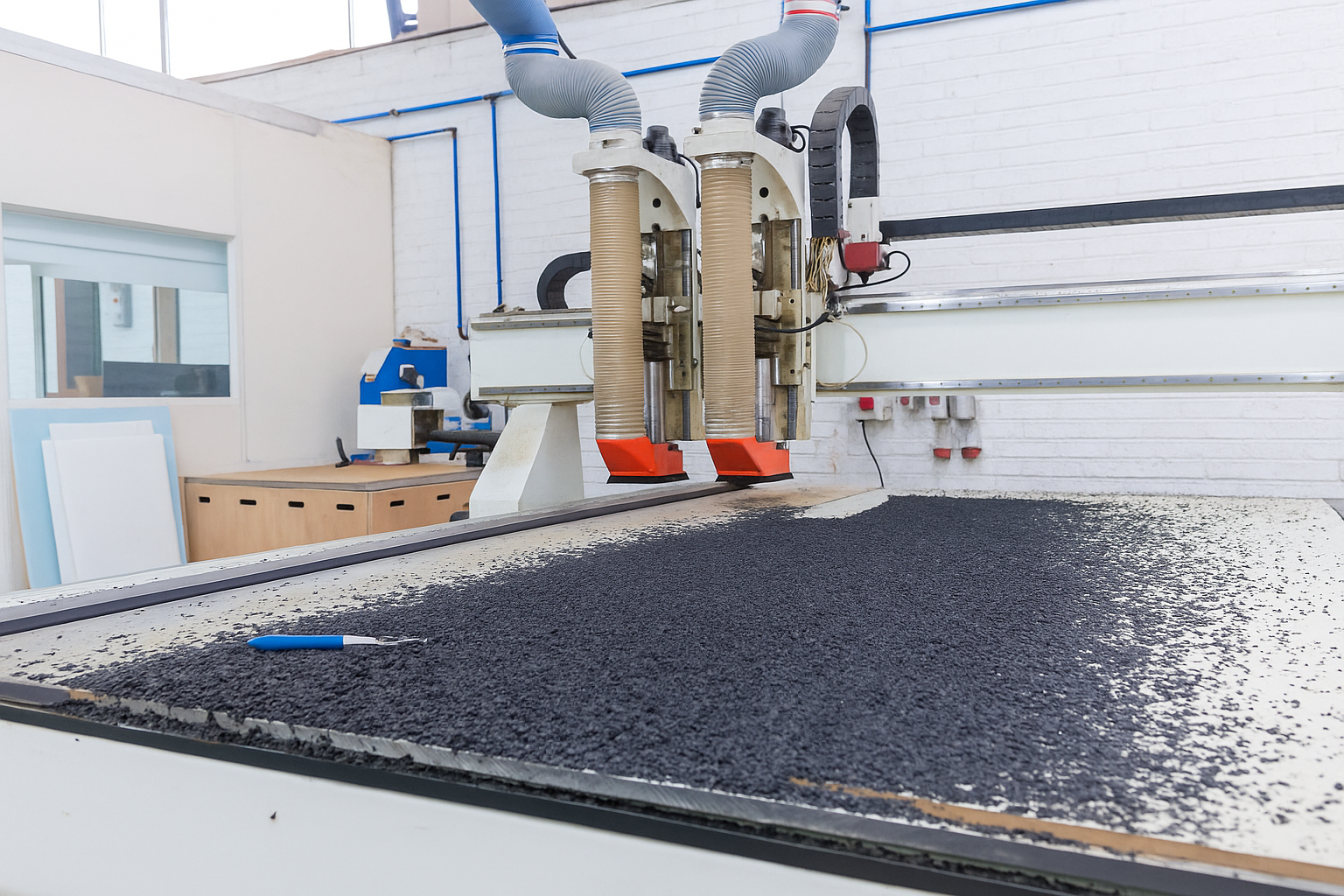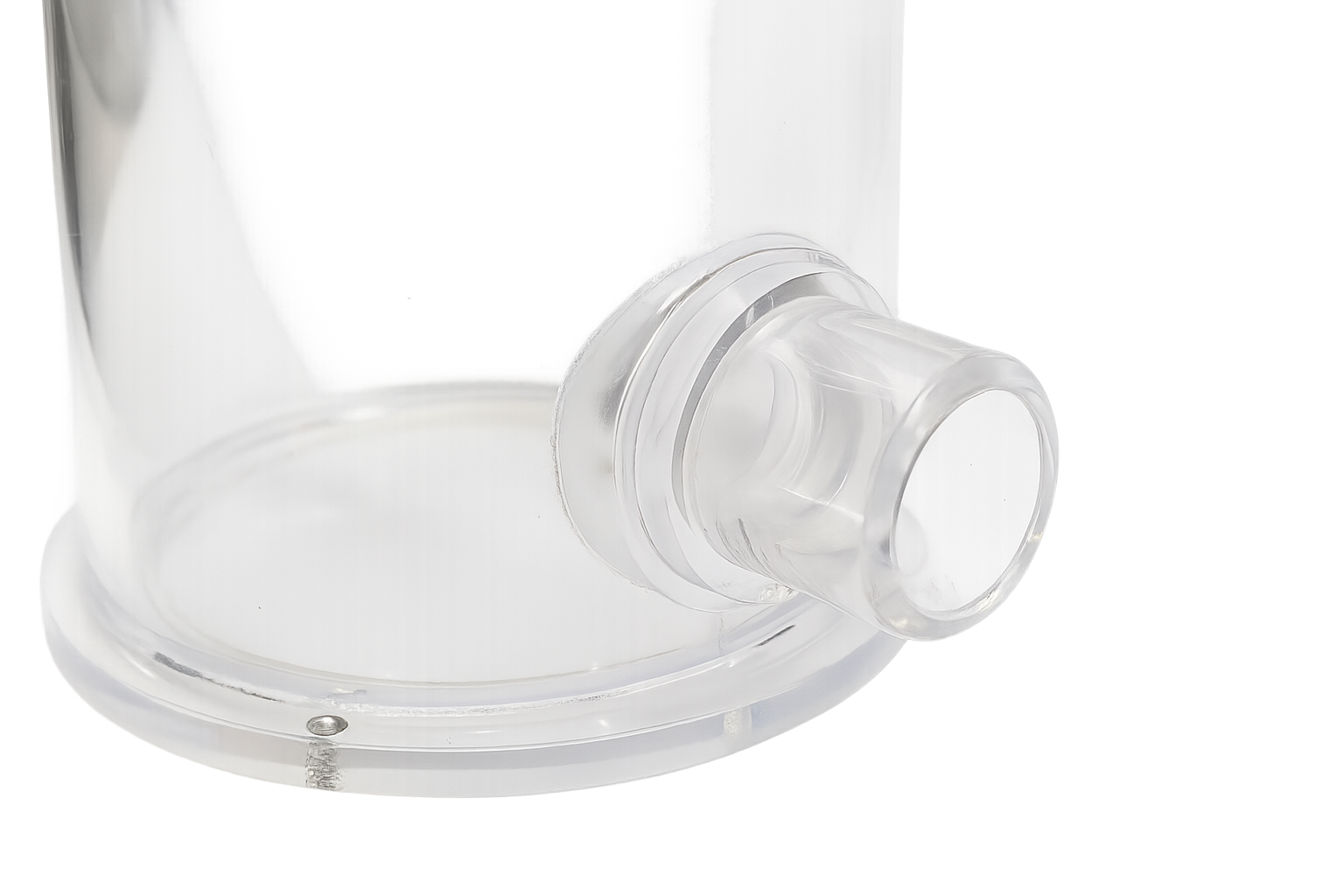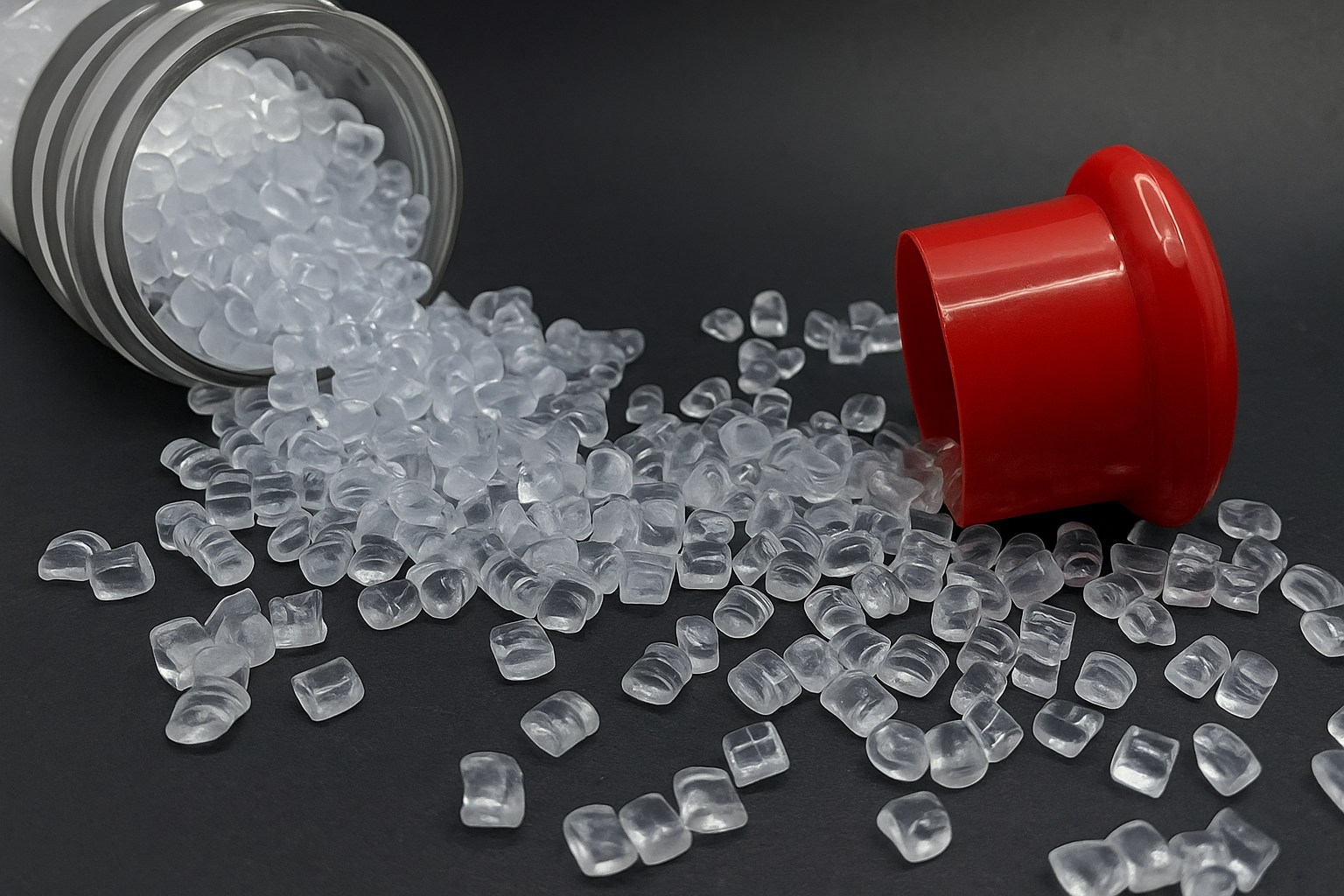
Qu'est-ce que l'usinage Polycarbonate CNC?
L'usinage CNC en polycarbonate signifie utiliser des outils à ordinateur pour couper les feuilles de polycarbonate, tiges, ou bloque dans les formes requises. Par rapport au moulage par injection, L'usinage CNC peut faire moins de pièces avec des niveaux élevés de précision et de bons détails. Puisque le polycarbonate est facilement affecté par le stress et la chaleur, L'usinage de précision nécessite de contrôler la vitesse d'outillage, en utilisant des outils très nets, et appliquer des techniques avancées pour garder la surface et les objectifs clairs.




